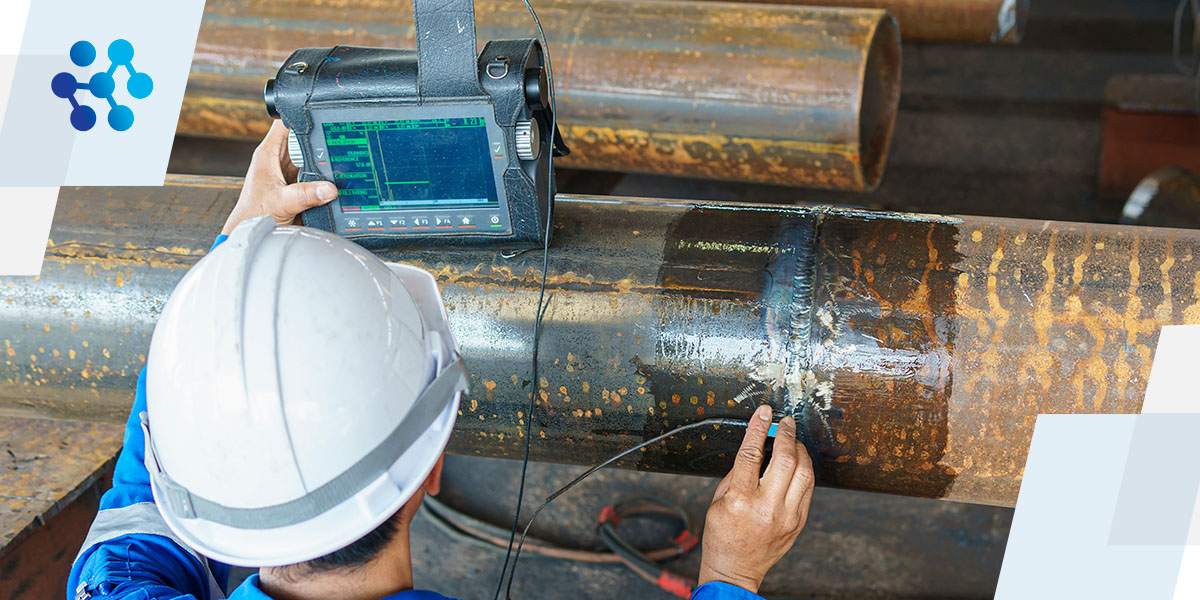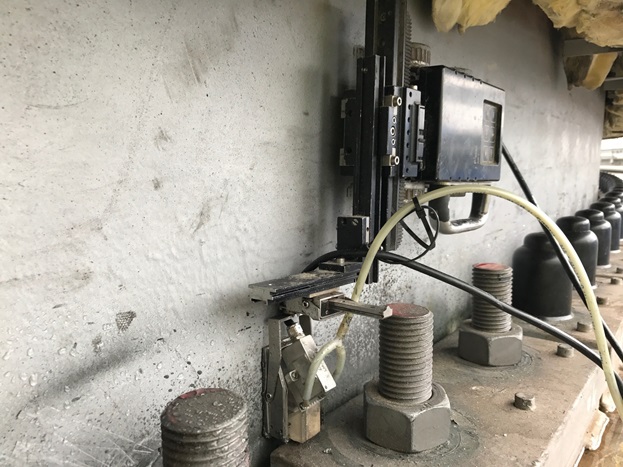Tank Welding Inspection: Making Sure Long-Term Durability and Safety And Security

Understanding the Significance of Rigorous Container Welding Examination Processes in Fighting Failings and Enhancing Lifespan
In the realm of industrial operations, the significance of extensive storage tank welding assessment procedures can not be overstated. By applying numerous assessment techniques, companies can detect flaws early, thereby avoiding expensive consequences and prolonging the life of their storage tanks.
Significance of Welding Inspections
Recognizing the important duty of welding examinations in preserving architectural integrity, these procedures guarantee that welds meet well established requirements and specifications - Tank Welding Inspection. Reliable welding examinations are critical in the construction and maintenance of containers, as they straight affect the durability and security of the frameworks. By determining possible shortages, such as incorrect methods or material issues, examinations alleviate the risk of tragic failings
Welding evaluations include different approaches, consisting of aesthetic examinations, non-destructive screening (NDT), and analyses of welding treatments. Each technique offers to validate the quality and compliance of welds with industry guidelines, thus safeguarding both employees and environmental passions. Routine inspections promote a society of responsibility and quality within the labor force, making sure that all group members adhere to finest techniques.
Furthermore, these examinations contribute to the general lifecycle monitoring of storage tanks by determining wear or destruction early while doing so. By addressing these concerns proactively, organizations can prolong the operational life expectancy of their possessions, inevitably causing set you back financial savings and boosted integrity. In summary, the importance of welding evaluations can not be overemphasized; they are crucial for making certain security, long life, and compliance in container building and maintenance.
Common Root Causes Of Tank Failures
Recognizing the common causes of tank failings is crucial for avoiding tragic events and making certain the long life of storage systems. One common source of container failing is rust, which can substantially damage the architectural integrity of storage tanks with time. Environmental variables, such as exposure to wetness, chemicals, and temperature fluctuations, can increase this procedure.
An additional essential element is inappropriate welding techniques, which may result in problems like fractures or insufficient joints. These concerns can jeopardize the container's strength and bring about leakages or ruptures. In addition, poor maintenance techniques can cause undiscovered deterioration, inevitably boosting the danger of failure.
Layout problems, including poor density or poor product choice, can also add to tank susceptabilities. Functional elements, such as overfilling or exposure to severe stress, can stress the storage tank past its intended limitations.
Secret Examination Methods
Reliable examination methods play an important function in mitigating the threats connected with storage tank failures. A thorough method to tank welding inspection entails a number of crucial methods, each designed to recognize potential issues and make certain structural honesty.
Aesthetic inspection stays the first line of defense, permitting inspectors to determine surface area abnormalities such as fractures, corrosion, or imbalance. This method is commonly supplemented by non-destructive screening (NDT) techniques, which are important for evaluating weld quality without endangering the storage tank's honesty.

Additionally, magnetic bit testing (MPT) and color penetrant screening (DPT) work for identifying surface flaws in ferromagnetic products and non-porous surface areas, specifically. Each strategy has its strengths and constraints; as a result, a mix of techniques is typically used to achieve comprehensive examination results.
Benefits of Strenuous Inspections
While the instant prices of strenuous inspections might appear complicated, the long-lasting advantages significantly exceed these preliminary financial investments. Carrying out extensive inspection processes not only enhances the honesty and safety of storage tank frameworks yet additionally minimizes the threat of devastating failings that can result in considerable economic losses and ecological harm.
Rigorous evaluations aid recognize possible issues early in the welding procedure, permitting for timely corrective activities that prevent pricey repair services or substitutes down the line. This aggressive technique fosters a culture of top quality guarantee, where adherence to best methods becomes ingrained in functional procedures. Regular inspections add to boosted possession durability, as they make sure that containers continue to be in ideal condition throughout their lifespan.
Additionally, the documentation produced from these assessments works as a valuable resource for upkeep preparation and performance evaluations. This data-driven method can likewise boost functional performance, leading to minimized downtime and enhanced performance. Eventually, rigorous assessments not only secure the architectural stability of containers yet also give substantial financial advantages, enhancing the idea that buying top quality assurance is a smart choice for any type of organization entailed in tank procedures.
Regulatory Standards and Conformity
Regulative standards and compliance are essential elements of container welding examination procedures, as they establish the structure for guaranteeing security and top quality in procedures. Conformity with these standards not only reduces dangers yet also boosts the overall stability of welded structures. Different organizations, consisting of the American Culture of Mechanical Designers (ASME) and the American Oil Institute (API), offer standards that dictate acceptable practices for welding, evaluation, and testing.
These standards mandate using qualified employees, the application of strenuous inspection protocols, and adherence to certain welding procedures. visit the site By straightening with regulative requirements, companies can guarantee that their storage tanks satisfy the necessary safety and performance standards, consequently decreasing the probability of devastating failures that can cause considerable monetary losses and ecological damage.

In addition, governing conformity cultivates a society of accountability and continual renovation within the welding and construction markets (Tank Welding Inspection). Normal audits and assessments make sure that practices stay lined up with advancing criteria, consequently promoting lasting integrity and operational performance. Eventually, adherence to governing criteria not only shields possessions yet likewise boosts the life-span of bonded storage tanks, ensuring they offer their desired function effectively with time
Conclusion
In final thought, rigorous container welding inspection processes my company play a vital role in protecting against failures and prolonging the lifespan of storage space frameworks. By identifying possible deficiencies with numerous examination techniques, organizations can reduce risks connected with storage tank honesty.